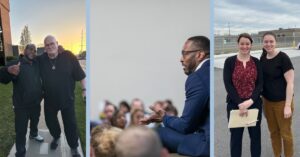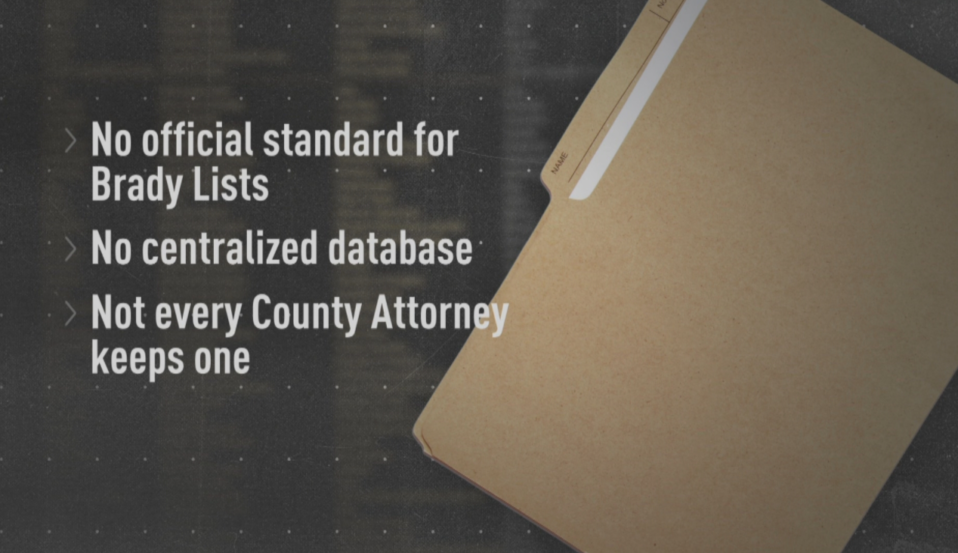In the shadow of every wrongful conviction lies a story of injustice, one that the Rocky Mountain Innocence Center (RMIC) is committed to uncovering and correcting. Each month, RMIC receives between 15 and 25 new requests for assistance from individuals who maintain their innocence, seeking the Center’s expertise to right the grievous wrongs they have suffered. The journey from receiving a plea for help to exoneration of the wrongfully convicted is a long and complex one, marked by meticulous investigation, rigorous legal advocacy, and an unwavering commitment to justice.
The Vetting Process: A Careful Scrutiny of Every Claim
At the heart of RMIC’s mission is the careful vetting of every post-conviction claim of innocence. The staff at RMIC approaches each case with a deep sense of responsibility, understanding that the lives of individuals hang in the balance. Every request for assistance undergoes an exhaustive screening process, designed to determine whether there is a credible claim of innocence that warrants further investigation.
This process is neither quick nor simple. It requires a deep dive into trial records, legal documents, and any available evidence, as well as consultations with experts and, often, the gathering of new information that may not have been available at the time of the trial. Only cases that meet RMIC’s stringent criteria are accepted, ensuring that the Center’s resources are devoted to those who need them most.
Investigating the Case: A Search for Truth
Once a case is accepted, the real work begins. RMIC’s team of legal professionals embarks on a painstaking investigation that can span years or even decades to unearth new evidence that was not available during the original trial, which could potentially prove the factual innocence of the convicted individual.
This investigation is not limited to DNA evidence—although that is certainly a powerful tool in some cases—but extends to all possible avenues of proving innocence. Witnesses are re-interviewed, forensic evidence is re-examined with the benefit of modern technology, and new leads are doggedly pursued.
This exhaustive process is driven by one goal: to unearth new evidence that was not available during the original trial, evidence that could prove the factual innocence of the convicted individual. The investigation is methodical and thorough, reflecting RMIC’s commitment to ensuring that no stone is left unturned in the pursuit of justice.
Litigation and Exoneration: The Final Hurdle
If new evidence of innocence is uncovered, the case moves into the litigation phase. This stage is as challenging as it is crucial, requiring RMIC and its legal partners to meet the high burden of proving factual innocence in court. Success at this stage not only overturns a wrongful conviction but also leads to a formal declaration of innocence. In Utah and Nevada, such a declaration entitles the exoneree to compensation for the years lost behind bars and, more importantly, restores their freedom and reunites them with their loved ones.
Tragically, Wyoming does not yet offer compensation to those wrongfully convicted – an issue RMIC is actively working to address.
Advocacy and Education: Preventing Future Injustices
Beyond its work on individual cases, RMIC is dedicated to educating and advocating for systemic reforms. Through outreach efforts targeted at law enforcement, legal professionals, policymakers, and the public, RMIC works to shed light on the causes and consequences of wrongful convictions. The Center’s educational initiatives aim to prevent future injustices by promoting best practices and advocating for legal reforms that make the justice system more just and equitable.
In addition, RMIC collaborates with legislators and policy advocates in Utah, Nevada, and Wyoming to pass laws aimed at addressing the root causes of wrongful convictions. This policy work is critical in ensuring that the errors of the past are not repeated and that the justice system continues to evolve toward greater fairness and accuracy.
A Unique Mission, A Profound Impact
What sets RMIC apart is its willingness to take on a broad range of cases, not limiting its work to those that involve DNA evidence. This broad scope allows RMIC to assist a wider array of wrongfully convicted individuals, providing a lifeline to those who might otherwise have nowhere to turn.
Through its rigorous vetting process, exhaustive investigations, and powerful advocacy, the Rocky Mountain Innocence Center is a beacon of hope for the wrongfully convicted. The road to exoneration is long and arduous, but for those who are innocent, the work of RMIC is nothing short of life-changing.


